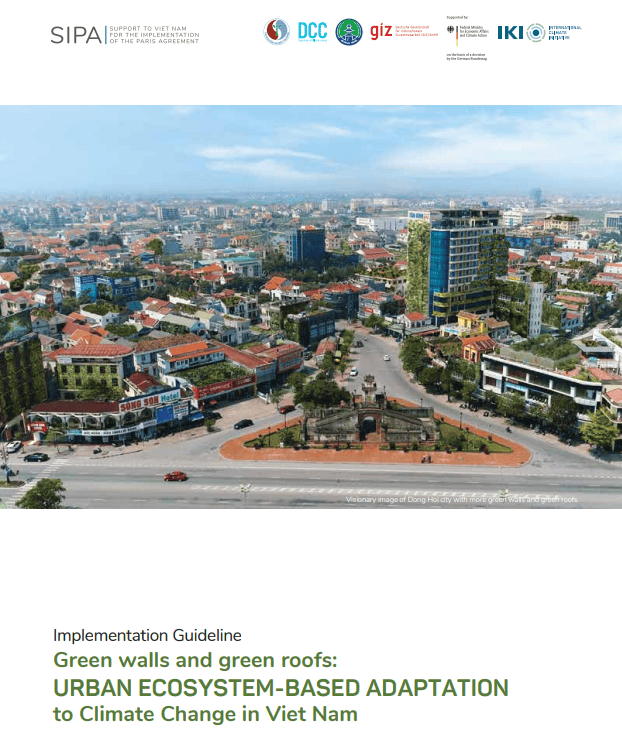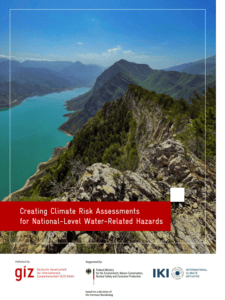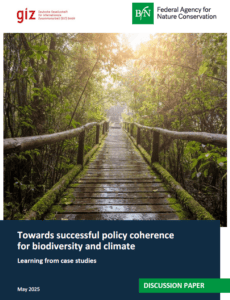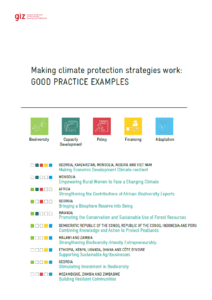Increasing urbanization, coupled with limited urban planning, puts cities at risk from climate change. In many countries, climate change is expected to bring more extreme rainfall leading to flooding, water scarcity, and disasters. Increasing temperatures and hot days also pose health risks and threaten agricultural production in peri-urban areas. Ecosystem-based approaches to Adaptation (EbA) are a cost-effective approach to reduce the vulnerability of urban and peri-urban communities to climate change. The vulnerability of these communities is reduced by protecting, maintaining and rehabilitating priority ecosystems such as wetlands, forests, and agroecological systems. The Green wall and green roofs are defined also potential urban EbA components and can be seen as complimentary to the land-based gardens in the efforts of maintaining green spaces in urban areas while there is limited land. Globally, green walls and green roofs have been widely promoted as innovative technologies. They are passive design solutions which enhance the thermal performance of building envelopes, and can impact 20% to 60% of buildings ’heating and cooling energy. Given the multiple environmental, social and economic benefits at both the building and the urban design scales, green walls and green roofs have been strongly promoted. In the European Commission’s renewed Strategy on Adaptation to Climate Change (the European Green Deal Initiative), green walls and green roofs have been identified as “no regret” solutions to make infrastructure more climate-proof (Sempergreen, 2021). In Viet Nam, the green walls and green roofs have been primarily incorporated in a number of certified green buildings promoted through the work of famous Vietnamese architects such as Vo Trong Nghia (VTN Architects), Hoang Thuc Hao (International Architecture Construction, Joint Stock Company)… Systematic measures to encourage sustainable construction and bolster the built environment against climate change in small and medium sized coastal cities, remain largely unrealised. (GIZ, 2017).
The Implementation Guideline on Green Wall and Green Roofs has been developed based on practical experiences of piloting Green Wall and Green Roofs in Dong Hoi city, Quang Binh province, Viet Nam in the scope of the “Support to Viet Nam for the Implementation of the Paris Agreement” (VN-SIPA) project, funded by BMWK through IKI. The guideline aims at enabling the implementation of such measures in a variety of other contexts and locations by providing basic technical concepts, details of benefits, and implementation procedures. Practical examples are introduced with brief information. In particular, the green walls and green roofs installations in Dong Hoi City will be described in detail to illustrate the general concepts outlined herein. A review of the global scientific literature and accumulated practical knowhow, especially from those countries with similar climate contexts to Vietnam was provided. At the same time, the document provides general principles for the effective implementation of green walls and green roofs rather than prescribe any specific technical standards or mandatory regulations. They aim to disseminate information, raise awareness, and promote the installation of green walls and green roofs in the local context.





